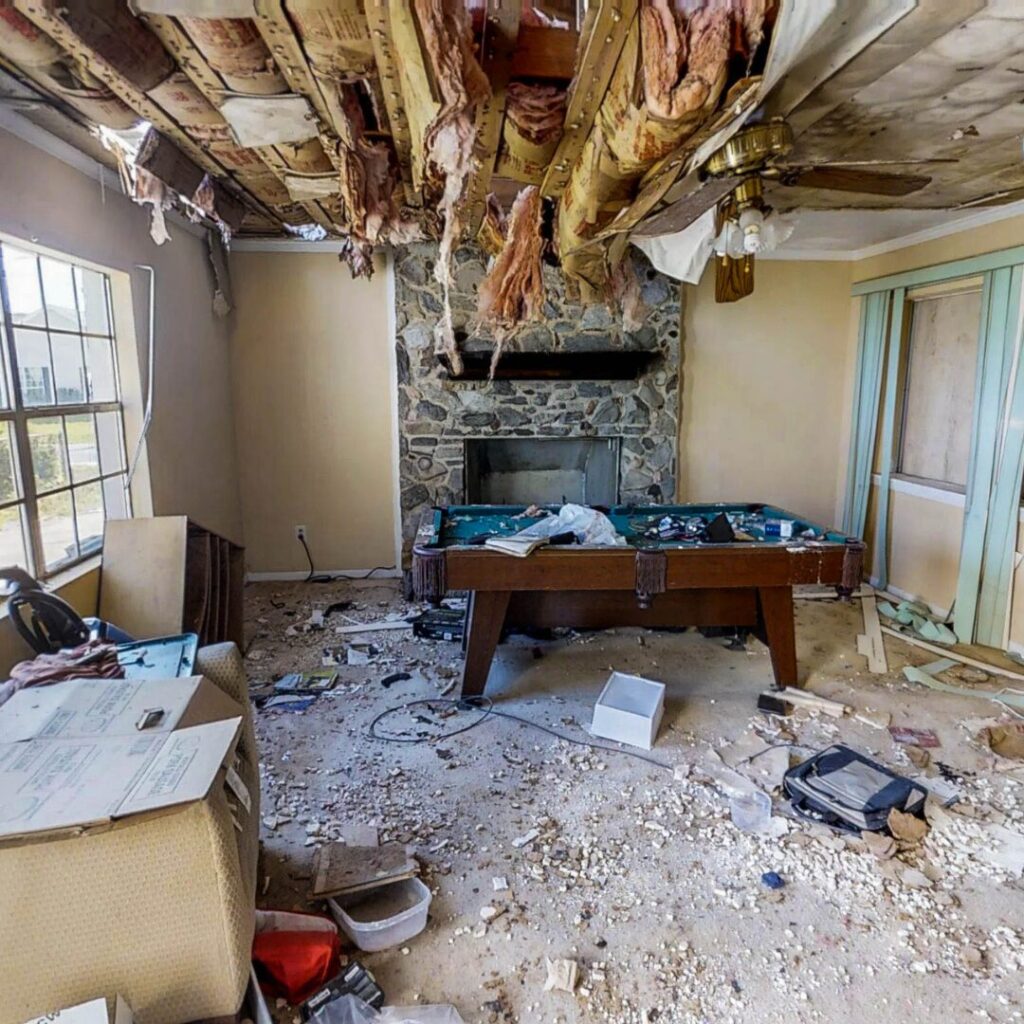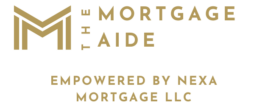203(k) Loan
Highlights of the
203(k) Loan
(1) You can buy a home and finance necessary repairs or improvements with one mortgage. (2) Like a standard FHA loan, the 203(k) loan only requires a down payment of 3.5% if your credit score is 580 or higher. (3) Covers minor and major renovations

Eligibility
Here are some of the eligibility requirements for the 203(k) Loan program. Select ‘Get Started’ to check if you’ll be a good fit.
Minimum 580 credit score for 3.5% down. Scores between 500-579 may qualify with a 10% down payment.
Loan amounts are subject to FHA loan limits for the area where the home is located.
Must be your primary residence.
Renovations must be completed by licensed contractors—DIY work is generally not allowed.
Can be used for single-family homes, multi-unit properties (up to 4 units), and some condos.
For Standard 203(k) loans, the minimum repair cost is $5,000. There’s no minimum for the Limited 203(k) option.
Common Questions
How long do I have to complete renovations?
Work must typically be completed within 6 months after closing.
What’s the difference between a Standard and Limited 203(k)?
Standard: For major repairs or structural changes.
Limited: For cosmetic or minor repairs (up to $35,000).
Can I live in the home during renovations?
Yes, but if the home is uninhabitable during the process, you may finance up to 6 months of mortgage payments.
Do I need mortgage insurance?
Yes, FHA loans require upfront and annual mortgage insurance premiums (MIP).
Can I refinance with a 203(k) loan?
Yes! You can use a 203(k) loan to refinance and renovate your existing home.
Other Info
Detailed Proposal Required:
- You’ll need a detailed work plan from a licensed contractor, including cost estimates and timelines.
- For Standard 203(k), a HUD-approved consultant is required to oversee the project.
Longer Closing Timeline:
Since the loan involves both purchase and renovation, the closing process may take longer—typically 45 to 60 days.
Contingency Reserves Required:
Lenders often require a 10-20% contingency reserve to cover unexpected costs during renovations.
DIY Work is Limited:
Borrowers cannot do the work themselves unless they are licensed contractors. Most work must be performed by qualified professionals.
Inspection and Appraisal Considerations:
An “as-is” and “after-repair” appraisal is required to determine the future value of the home once improvements are complete.
Loan Amount Based on Future Value:
Loan limits are based on the projected value of the home after renovations, which can provide more borrowing power.
Strict Renovation Deadlines:
All work must generally be completed within 6 months of closing, so it’s important to plan carefully and stay on schedule.
